Originally published at: https://www.naturephotographers.network/a-photographs-message-if-any/
You might discover through Edward Weston’s work how basically good you are, or might become.
Ansel Adams, 1965 (in the Aperture Edward Weston Monograph “The Flame of Recognition”)
This quote by Ansel Adams is one of those that kept me thinking for years, that I felt I never had completely understood, but which also seemed to allow for more than one interpretation. Like so many aspects of life, everything comes full-circle in the end, if not unexpectedly.
For now I’ll go back to a mid-December morning two years ago when I woke up to fog over the fields with the sun just coming up in the east, casting beautiful light and promising to dissolve the fog in no time. I got up, got the camera and the dog, and headed out.
Not far from my house I found the road disappearing behind some trees into the fog, leading lines from an electrical line running along the road and one of the poles being lit up by the sun on my right. The resulting image is a good example for what I want to talk about as I didn’t have any idea at capture what this was going to look like. I wasn’t pre-visualizing at all: the image just took me. What this photograph could and should be only dawned on me later. As did something else.
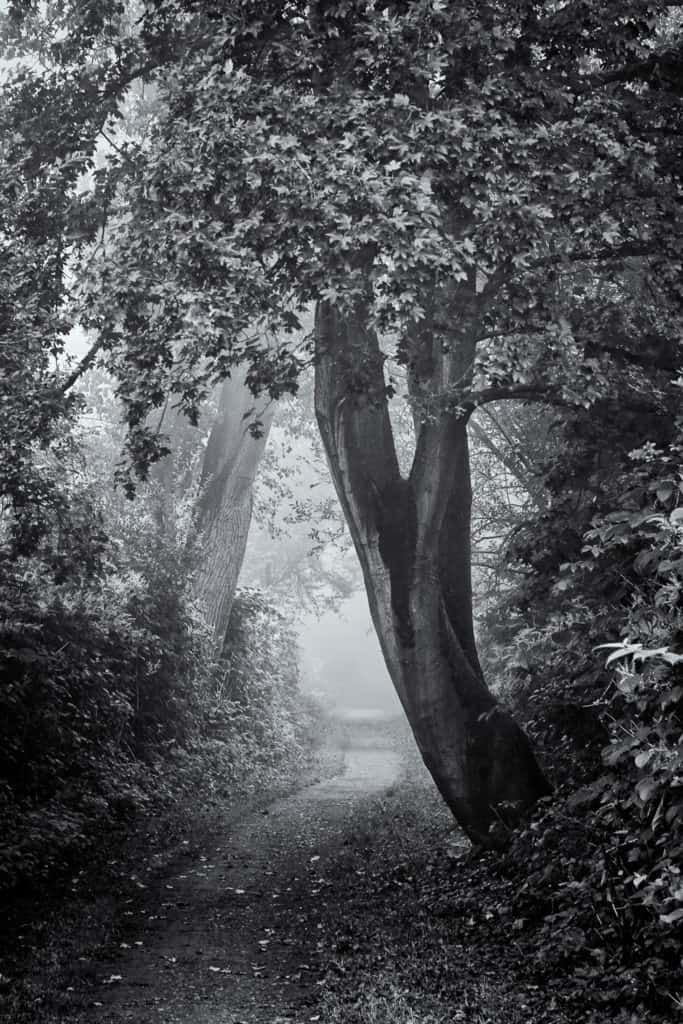
When I looked through the photographs of that morning, I found the one with the disappearing road and the light coming in from the right. I knew there was something about the capture, but I couldn’t put my finger on it yet. I liked the composition, the setting and the fog. But I didn’t really feel where to go from there. So I converted to monochrome and there it finally happened. I found a mood in that piece, though I couldn’t find the word to properly describe it. At the time I didn’t worry too much about not coming up with the right word. I didn’t have to explain why the final image looked the way it did. Not to anyone but me. And for me the feeling I had with the result of the conversion to black and white and further processing was good enough.
It was not until the mood of the image stood on its own, separate from the visual elements of that mid-December morning, that I felt it was done. It was dark now. Gloomy. Breathless and promising something I didn’t want. It showed an unnatural darkness which was more than just the absence of light. It came from the inside. Like the anxiety I felt in me for years now. It was real.
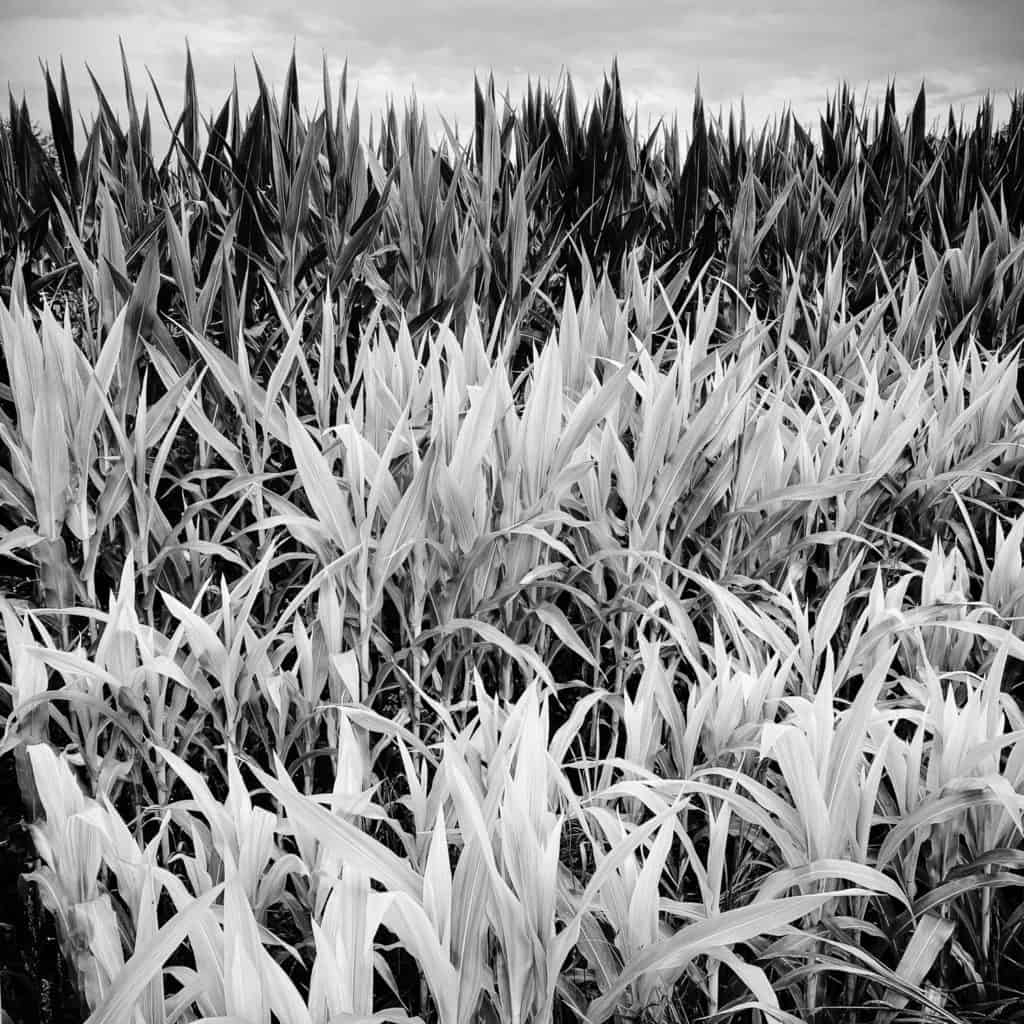
But I kept coming back to that question. What was the right word? Which one would do now and ever? How do I define, describe, and explain the point in processing when I am convinced I’m done? From a technical standpoint, that varies with every photograph. Some need more work, some less. But there is something emotional that also determines when I can lean back and the pressure is gone. When I am satisfied. When something within me is satisfied.
Is it the artist in me I have to satisfy? Then again I never called myself an artist. The term feels so abstract to me; I don’t really know what I would have to feel to identify with that word. So I turned to simpler words. I often heard the word “storyteller” used, but finally I settled (if I had to chose one) for the title of “picture maker”. That at least is what I am doing. And by choosing between those two I came closer to answering who I am satisfying when I think my work is done. What it is I want to to achieve with my photographs.
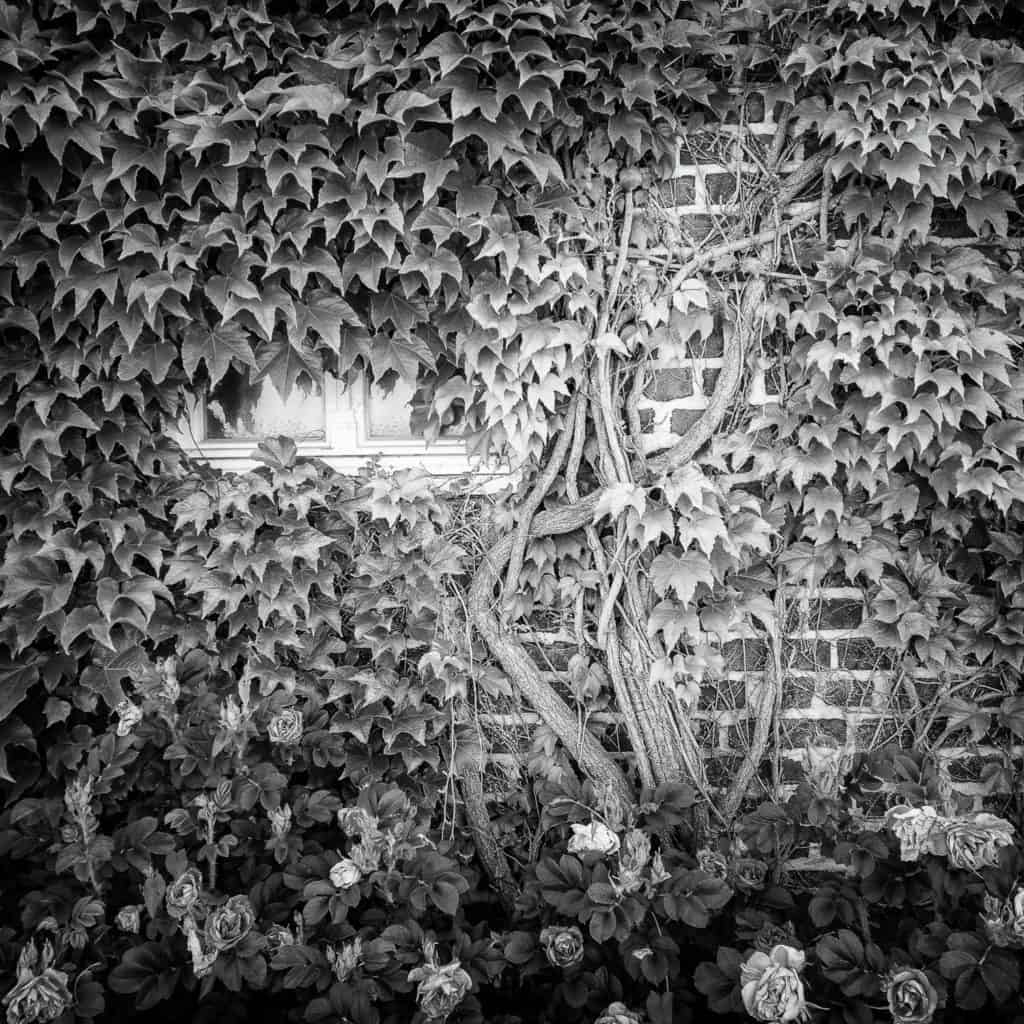
One could argue that I could be a picture maker and also be a storyteller. Often photographers talk about stories their images are telling, messages they want to convey in their work. Don’t get me wrong – when I make my point now about what I think I can do with my images, what I hope is in there when I’m done working on them, I am not claiming to have found the ultimate truth which you would have to simply accept as fact. I believe this is different for everyone. What is not different is the need to be aware of what we are doing and why we are doing it in order to develop as a human being and therefore as a photographer (storyteller, picture maker, whatever you want to call it). Those are forever and undeniably connected. The evolution of you as a human will always need and contribute to the evolution of you as a photographer and vice versa.
So I thought I was a picture maker and not a storyteller. What made those two sides of the coin for me was that I thought of what you can transport in an image, preferably a print. I cannot directly convey a message that I have predefined. As a writer I can do that: I can simply describe in all necessary detail what it is I want the (reading) world to know. And if I don’t want to sound like a science textbook I will use tools like metaphors and a certain vocabulary to inject beauty and, above all, mood into what I am writing.
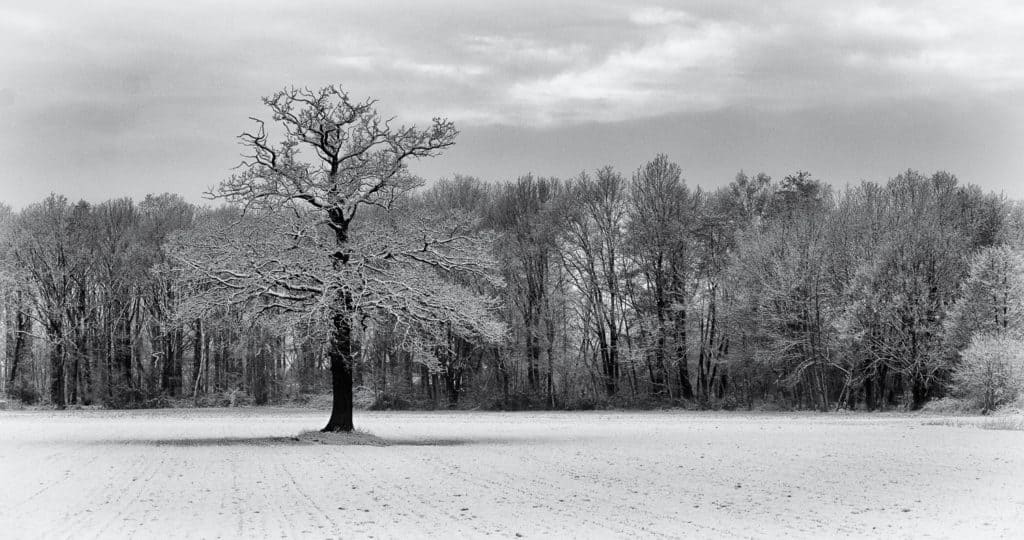
As a photographer I can not describe my message in all detail. Whatever I use in creating my photograph, the best I can hope for is to find something to put in there, be it at point of capture or in post, that will make me emotionally respond to it. Again either at point of capture or in post. I can try to recreate the feeling I had when I looked at the scene that wanted me to record it. Or I can find another, perhaps stronger, feeling when I am editing the photograph by making it into something I wish it could have been or by trying to have it reflect what I feel when I look at it. Whatever it may be, that was my answer to the question about when I am satisfied. When my need for emotional response is satisfied.
And then what?
Then I am hoping whoever looks at my photograph will also feel something; will have an emotional response. But it is very unlikely that this response would be exactly the same I had when making that photograph.
Some of us use words to prepare for or support a certain mood when presenting their work. I like to use a strong title for the photograph as well as two or three sentences maybe going along with the images. Not to explain an image: the photo and the text have to be strong enough to stand on their own. I see it as an invitation. I show you what I thought, what my mood was, and now it’s on you to give us something to continue the conversation that started with the picture I made and the words I wrote.
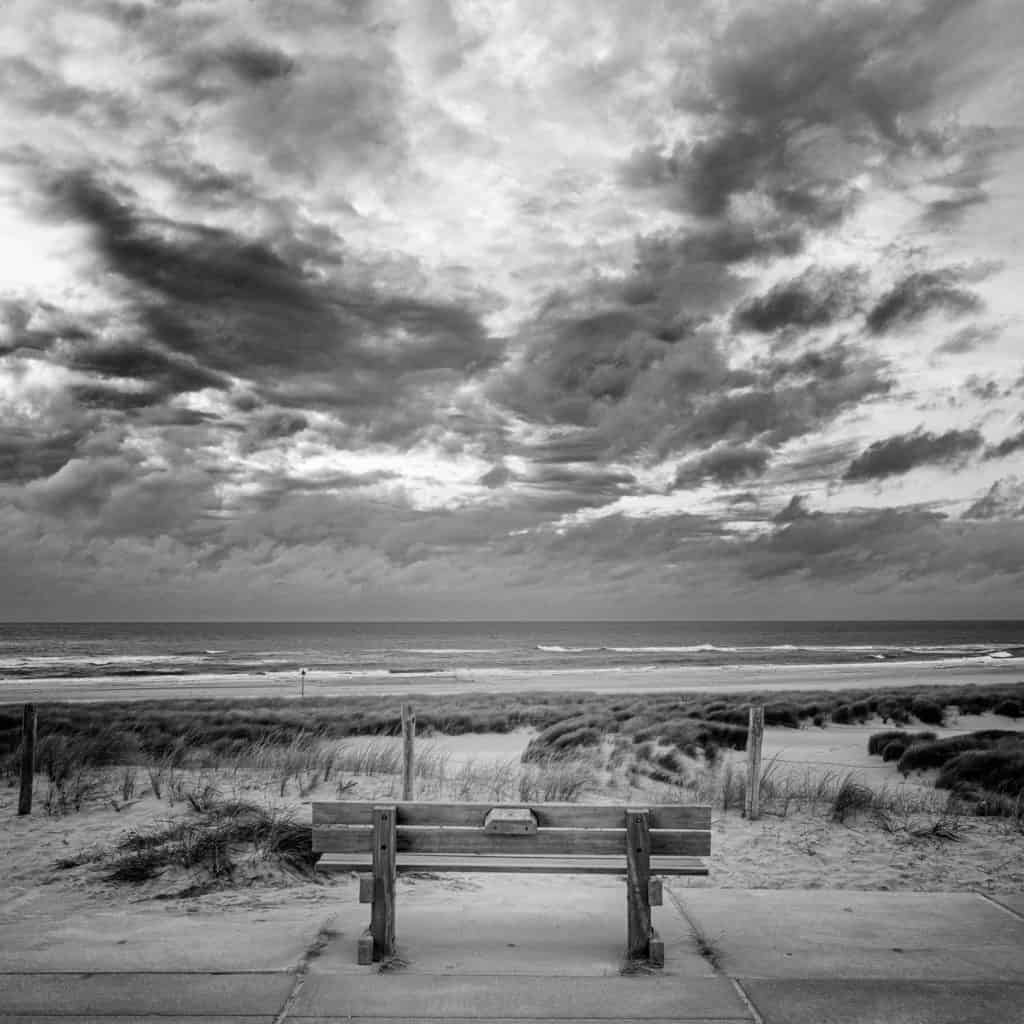
I see this as an opportunity for viewer and photographer to establish a connection. What I want is for the viewer to do more than just consume the image like an ordinary product. I want them to find something in themselves that would wake up when they looked at my photo. But that would take someone who is capable to be touched like that.
And that’s were I come back to what Ansel Adams wrote about Edward Weston and his work. What I quoted at the top wasn’t everything he wrote. A few lines above he wrote this:
Look at his photographs, look at them carefully, then look at yourselves – not critically, or with self-deprecation, or any sense of inferiority. Read the material from his Daybook and letters so carefully compiled, edited and associated with the photographs by Nancy Newhall.
What Adams is asking of the viewer (and reader) is no small feat. You should be looking at the photographs and read the words. And then you should look at yourself in a way that reminds me a lot of mindfulness. Don’t judge; forget about the context of his life and yours; don’t compare. Just take in what he created, and then look at what is happening inside you. Whether there is something moving. Something twitching and slowly starting to breathe.
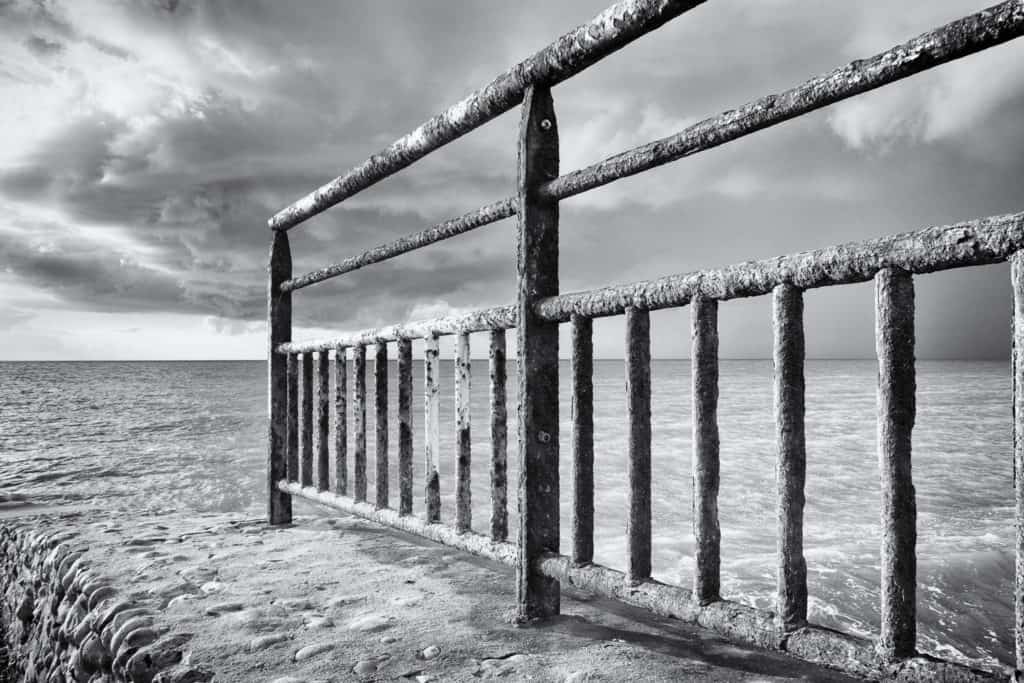
That’s what happened to me when I looked at Ansel Adams’ photographs for the first time. Walker Evans. Edward Weston. And more of those who came before me. I saw something in those that can’t be seen, and I saw it because it wasn’t my eyes seeing. I felt something in their work that made me dream and tell myself stories. Which reminded me of reading “On The Road” when I was 16 or listening to “Born To Run” and having to buy a motorcycle after.
I think I got an idea then of how basically good I was or might become. This is what Weston gave us. And those of us who experienced that and wanted to pass it on became photographers. Storytellers and picture makers. Human beings.
Turn off Notifications for Articles
If you prefer not to receive notifications about future articles, please click here to modify your notification preferences. You can remove any tags you do not want to be notified about under the Watching First Post section. These are broken down by genre, so if you only want to get notifications about landscape, macro, etc., you can do that here.
